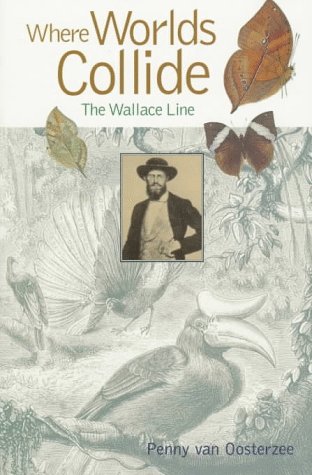Comstock Book
1 total work
Alfred Russel Wallace, the father of biogeography, discovered the flora and fauna of the South East Asian islands and the extraordinary way in which they are geographically distinct. In this historical narrative, the author tells the story of his achievement. His legacy is the Wallace Line, a faunal barrier separating the Asian from the Australian: monkeys from kangaroos, weaver birds from cockatoos, and pheasants from parrots. This invisible boundary and the difference between the species it divides catalyzed Wallace's theory of evolution and prodded Darwin to articulate his own theory. In this text, van Oosterzee follows Wallace's journeys through the islands of South East Asia. She draws on Wallace's natural history travelogue, "The Malay Archipelago", a book he wrote after spending the years from 1854 to 1862 in Malaysia, Indonesia and New Guinea. Explaining his theory and how it has been interpreted by biologists, van Oosterzee also seeks to recreate Wallace's sense of excitement with his discoveries. She devotes a chapter to the diversity of butterfly wing patterns, for example, because Wallace was so enamoured of them.
